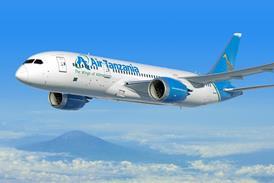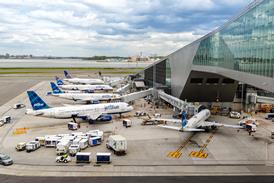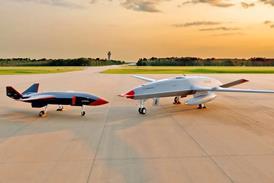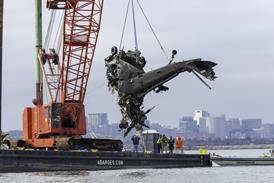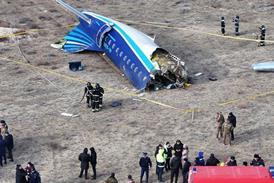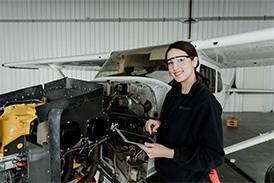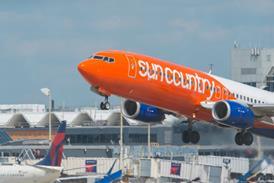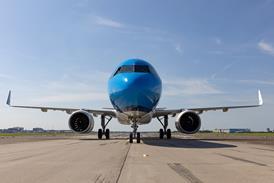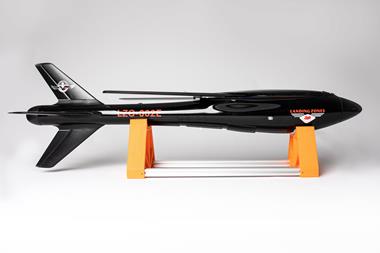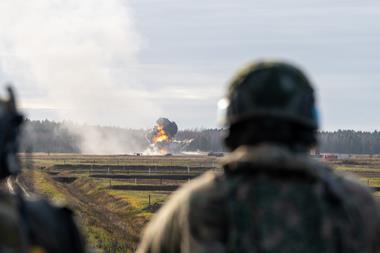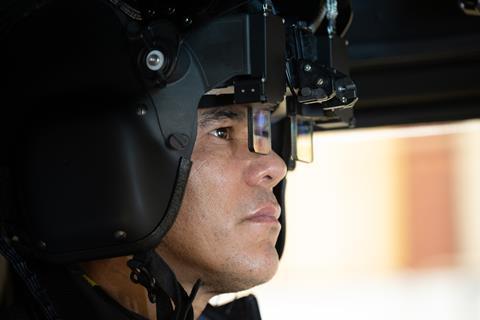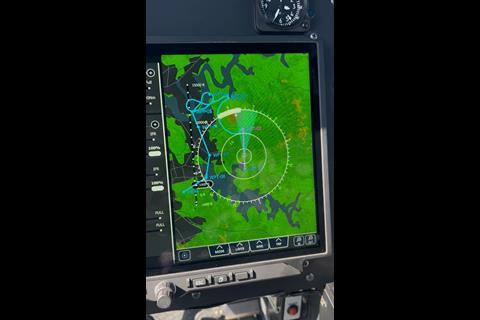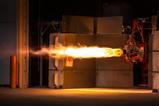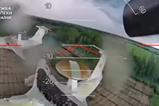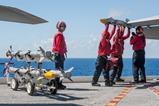Avionics manufacturer Thales is using a modified Airbus Helicopters H125 to test and develop new mission systems.
Leased from MRO provider StandardAero, the light-single allows Thales to trial new prototype hardware in flight, even enabling engineers on the ground to make real time changes via an onboard 5G modem.
Thales uses the designation AS350B2, a reference to rotorcraft’s previous designation when the design was owned and produced by Eurocopter.
The modified aircraft maintains a bank of mission computers separated from the flight control system, allowing developers to tinker with their software during flight.
“They can talk to us while we’re flying it,” says Jim Sleigh, senior manager of avionics solutions for Thales and a certified test pilot. “We can change that fly-fix-fly paradigm that used to be days or weeks, and we basically now have it in a matter of minutes”.

Thales and StandardAero first used the demonstrator to refine a four-axis autopilot for the AS350 type that allows a pilot to be fully hands-off through all stages of flight, including take-off and landing.
Certificated in 2024 and branded StableLight, the AS350/H125 autopilot also offers a stabilised-climb flight-attitude recovery mode and an auto-pull-up feature triggered by a Helicopter Terrain Awareness and Warning System.
Thales demonstrated the system for FlightGlobal on 13 May at Nashville International airport in Tennessee ahead of the US Army’s annual aviation conference.
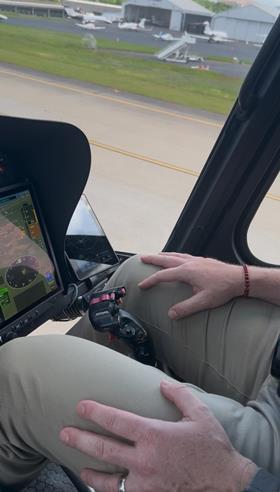
Ryan Walters, a former US Army aviator and director of business development for Thales USA, took the right-side controls of the AS350 to communicate with air traffic control and execute a hover taxi to a runway near Nashville International’s business aviation terminal. Upon receiving take-off clearance, Walters removed his hands from both the collective and cyclic, allowing the autopilot to execute a pre-programmed route.
Walters flew Sikorsky UH-60 medevac missions in Iraq before transferring to the army’s elite 160th Special Operations Aviation Regiment, where he operated the Boeing MH-47 special-operations variant of the Chinook heavy lift helicopter.
Thales is currently using the modified AS350 to develop a number of military-focused mission systems, including a new wide-field-of-view helmet-mounted display called the Wasp, short for Wide Augmented Situational Panoramic.
The prototype system projects critical flight information onto a set of binocular displays, which track a pilot’s head movements using a sensor mounted on the rear of the helmet and a constellation of motion capture indicators adhered to the interior cabin ceiling.
The result is a low-latency “eyes up” experience for flight operations.
The Wasp display also features a real-time colour video feed from an exterior-mounted electro-optical/infrared camera that can be oriented forward and aft.
A fixed-wing-aircraft version of the system called Scorpion was ordered by the NATO Support and Procurement Agency and US Air Force in 2024 to replace the Joint Helmet Mounted Cueing System used on older Block 40 and 50 Lockheed Martin F-16 fighters.
Thales has also retrofitted the AS350 demonstrator with a tactical flight display, incorporating other prototype technologies including a smart navigation system that pairs with the StableLight autopilot to minimise pilot workload and offers solutions to assist with operations in degraded visual environments.
The AI-assisted route planning product can react to threats populated in the tactical navigation system, offering aviators quick options for revised courses, which can be executed with a few taps on the touch-screen display.
Walters demonstrated by adding a simulated surface-to-air missile threat into the plot, after which the navigation system quickly offered a new route to avoid the threat, while incorporating specified mission parameters such as fuel consumption and altitude restrictions.
Notably, the AS350’s mission system test bank, housed in a compartment behind the main cabin on the left side of the fuselage, has open to space to accommodate more equipment.
Sleigh hopes to expand operations with the demonstrator to include contracted test services for other industry partners or units within Thales.
“If they have a thing they want to fly, we have room to throw it in here,” he notes. “Easy to power, easy to integrate.”
Photographs of Thales’s AS350 test aircraft and the Wasp helmet-mounted display prototype:


